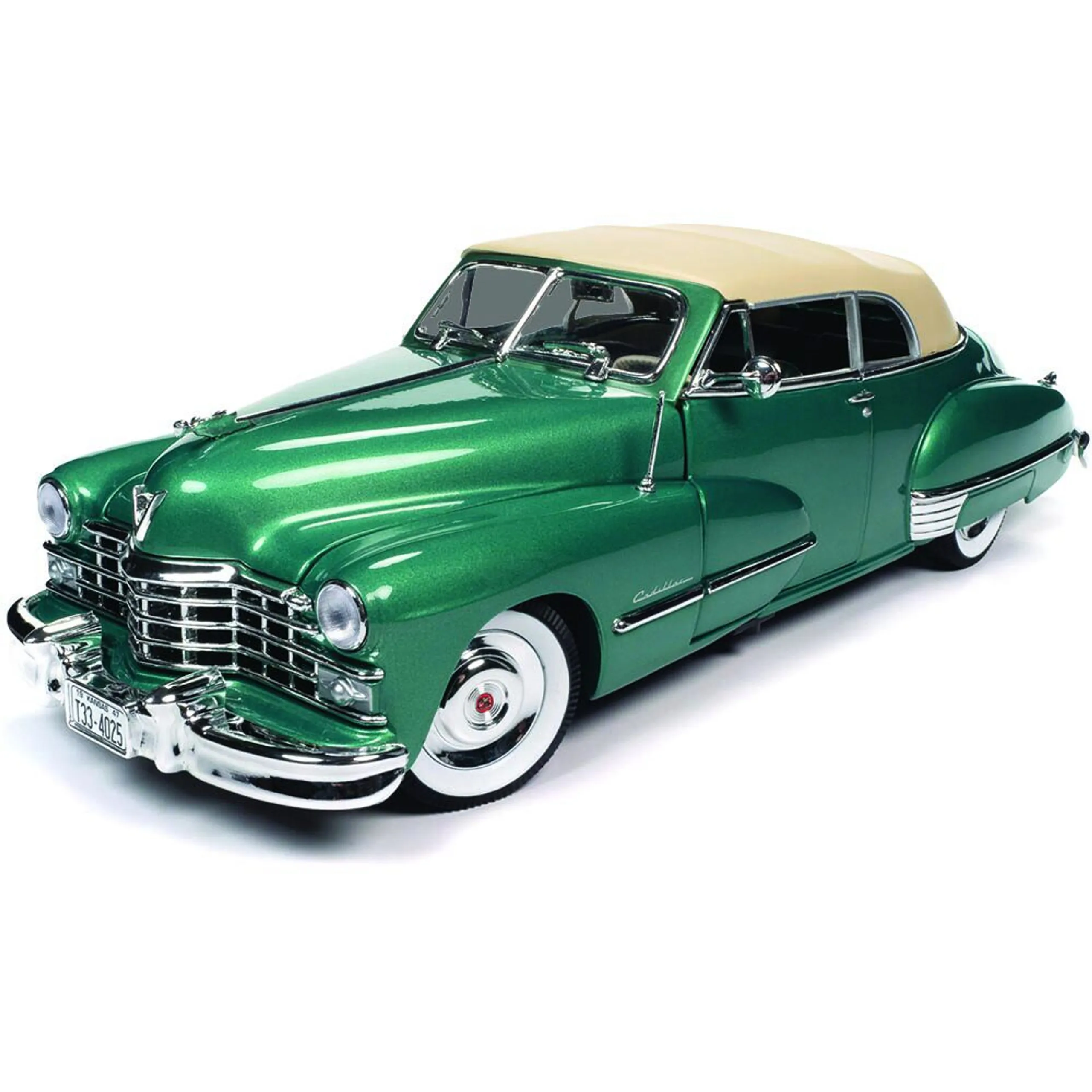What Are Diecast Model Cars?
Diecast model cars are miniature replicas of real-life automobiles, meticulously crafted from metal, typically zinc alloy, and other materials. These models are not just toys, they are highly sought-after collectibles that capture the essence of automotive history and design. The term “diecast” refers to the manufacturing process, where molten metal is injected under high pressure into a mold. This process allows for intricate detailing and precise replication of vehicle features. Diecast model cars are available in various scales, ranging from the tiny 1:64 scale to the larger 1:12 scale, each offering a unique perspective on the original vehicle. Collectors and enthusiasts appreciate diecast cars for their accuracy, craftsmanship, and the nostalgic connection they provide to the automotive world. These models represent a tangible link to iconic vehicles of the past and present.
The History of Diecast Model Cars
The history of diecast model cars dates back to the early 20th century, with the first models appearing around the 1900s. Initially, these were simple toys made from lead and other basic materials. The industry experienced significant growth in the 1930s with the introduction of more sophisticated manufacturing techniques and the use of diecast metal. The post-World War II era saw a surge in popularity, as companies like Dinky Toys and Corgi Toys began producing highly detailed models that captivated both children and adult collectors. These early models often replicated popular vehicles of the time, including cars, trucks, and buses. The 1960s and 70s marked a golden age for diecast model cars, with manufacturers focusing on realism and accuracy. Today, the industry continues to thrive, with new models constantly being released, catering to a global community of collectors.
The Evolution of Diecast Model Car Collecting
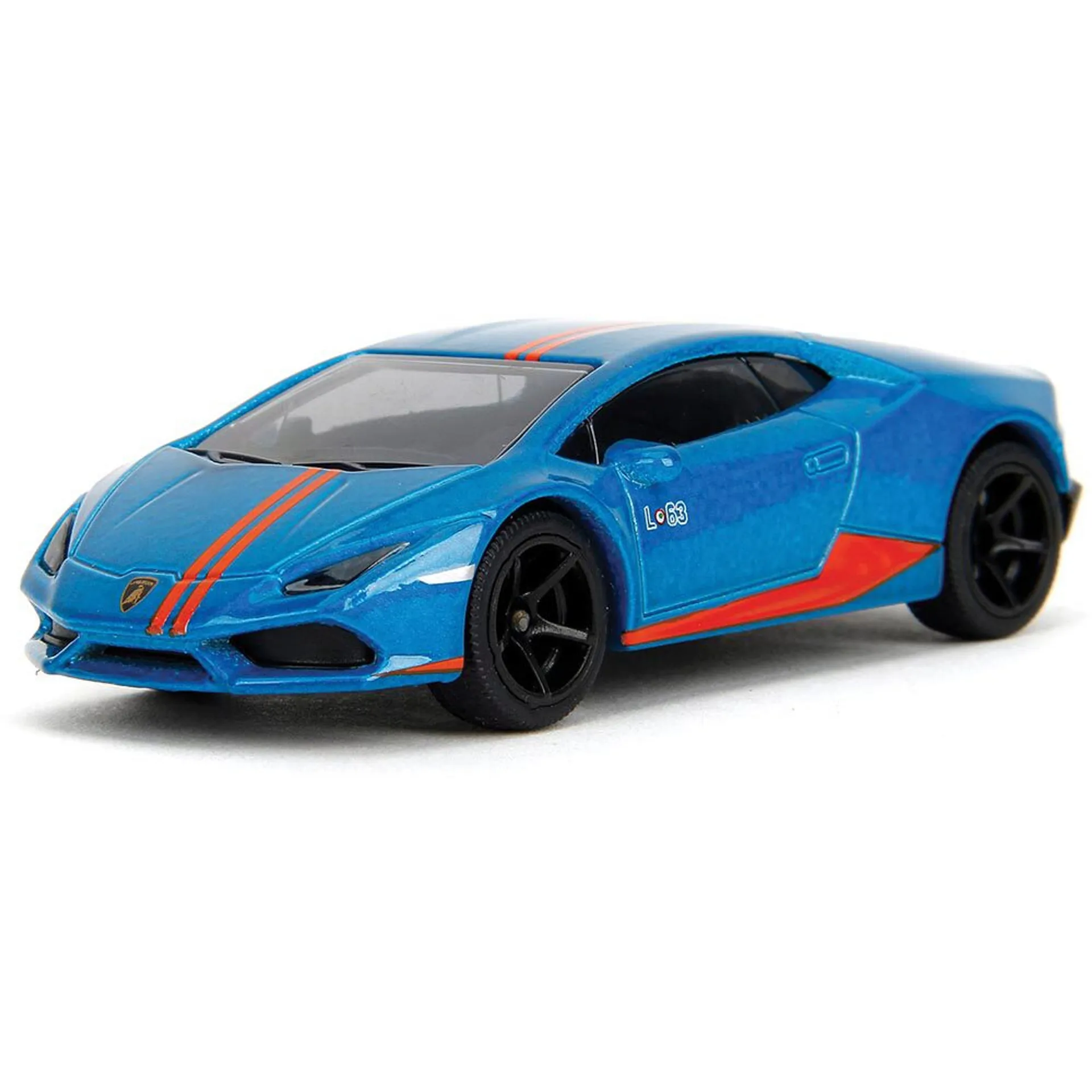
Collecting diecast model cars has evolved from a childhood pastime to a serious hobby and investment opportunity. What once began as a simple appreciation for toy cars has transformed into a sophisticated pursuit with dedicated collectors, specialized clubs, and extensive online communities. Early collectors focused on the aesthetic appeal and play value of these models. As the quality and detail of diecast cars improved, the focus shifted towards accuracy, rarity, and historical significance. The rise of online marketplaces and auction sites has further fueled the hobby, providing collectors with access to a vast array of models and a platform to connect with fellow enthusiasts. The evolution also includes a growing emphasis on preserving and showcasing collections, with collectors often investing in display cases, protective packaging, and meticulously curated setups. The hobby’s growth has also led to the creation of specialized publications, shows, and events that celebrate diecast model cars.
Types of Diecast Model Cars
Diecast model cars come in a wide variety of types, catering to diverse interests and preferences. The most common are passenger cars, which replicate everything from classic roadsters to modern sedans and SUVs. Then, there are trucks and commercial vehicles, including delivery vans, fire trucks, and construction vehicles. These models often feature detailed interiors and functional components. Military vehicles are another popular category, with models of tanks, jeeps, and other military transport. Racing cars also hold a special place, with models of Formula 1 cars, NASCAR racers, and sports cars. These models are known for their detailed graphics and aerodynamic designs. Collectors can also find models of buses, motorcycles, and even agricultural vehicles. Each type offers a unique appeal, and collectors often specialize in specific categories based on their interests.
Scale and Size
The scale of a diecast model car is a crucial factor, affecting its size and level of detail. The scale represents the ratio between the model and the actual vehicle. The most popular scales include 1:18, 1:24, 1:43, and 1:64. 1:18 scale models are large and offer high levels of detail, making them a favorite among serious collectors. 1:24 scale is a versatile size that provides a good balance between detail and affordability. 1:43 scale is common for a wide range of models and is ideal for building extensive collections. 1:64 scale models are often more affordable and are popular for their convenience and portability. Each scale offers a unique collecting experience, with collectors often specializing in a particular scale based on their preferences for detail, space, and budget.
Materials Used
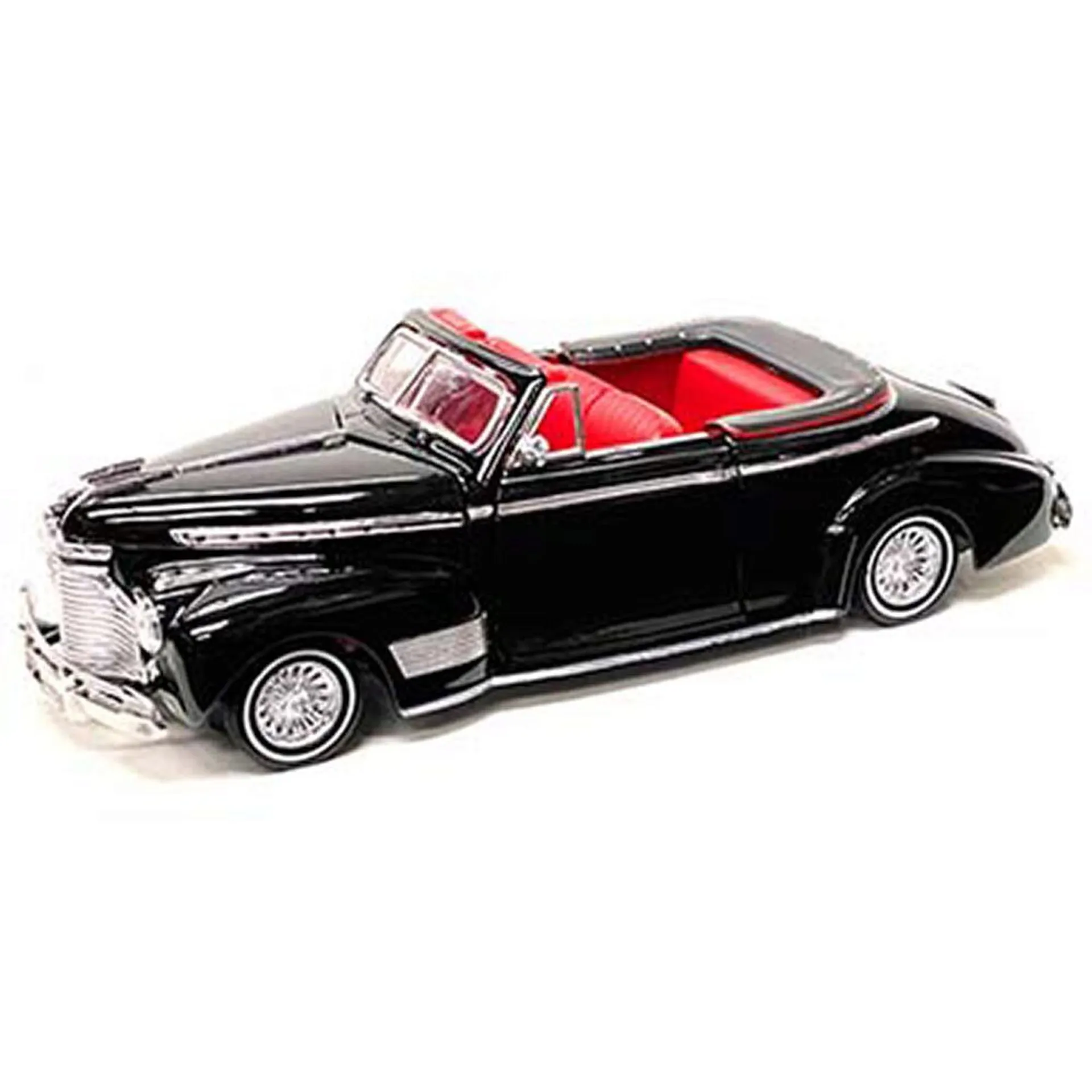
The materials used in diecast model cars significantly impact their quality, appearance, and durability. The primary material is diecast metal, typically a zinc alloy, which allows for intricate detailing and a realistic weight. Other materials include plastic, used for interior components, tires, and other parts. Rubber is commonly used for tires, offering a realistic appearance and texture. Glass or clear plastic is used for windows and headlights. Paint and decals are crucial for adding color, graphics, and realistic details. High-quality models often feature carefully applied paint and precise decals. The combination of these materials creates models that are visually appealing, durable, and accurate representations of their full-size counterparts. The choice of materials and the craftsmanship in assembling them are key determinants of the model’s value and collectibility.
Popular Brands and Manufacturers
The diecast model car market is filled with reputable brands and manufacturers, each offering a unique approach to design, quality, and collectibility. Some of the most popular brands include Hot Wheels, Matchbox, and Greenlight, known for their affordable prices and wide availability. These brands are great for entry-level collectors or those looking for a diverse collection. Other brands like Autoart, Minichamps, and CMC focus on high-end models with exceptional detail and realism. These brands are often sought after by serious collectors and enthusiasts. Brands such as Kyosho and Bburago provide a balance between quality and value. Each manufacturer has its specialty, whether it’s classic cars, modern supercars, or specific model types. The choice of brand often depends on individual preferences, collecting goals, and budget.
Top Diecast Model Car Brands
The top diecast model car brands are recognized for their quality, innovation, and influence on the collecting community. Hot Wheels and Matchbox are leading brands known for their accessibility and diverse selection of vehicles. Autoart and Minichamps are popular for their high-end models with superior details and accuracy. CMC is known for its premium craftsmanship and classic car replicas. Kyosho and Bburago offer a balance of quality and value, appealing to a wide range of collectors. Each brand has its unique style and focus, allowing collectors to choose brands based on their preferences. Many collectors specialize in specific brands, seeking to build comprehensive collections of models from their favorite manufacturers. The reputation and collectibility of these brands significantly impact the value and desirability of their models.
Collectible Categories
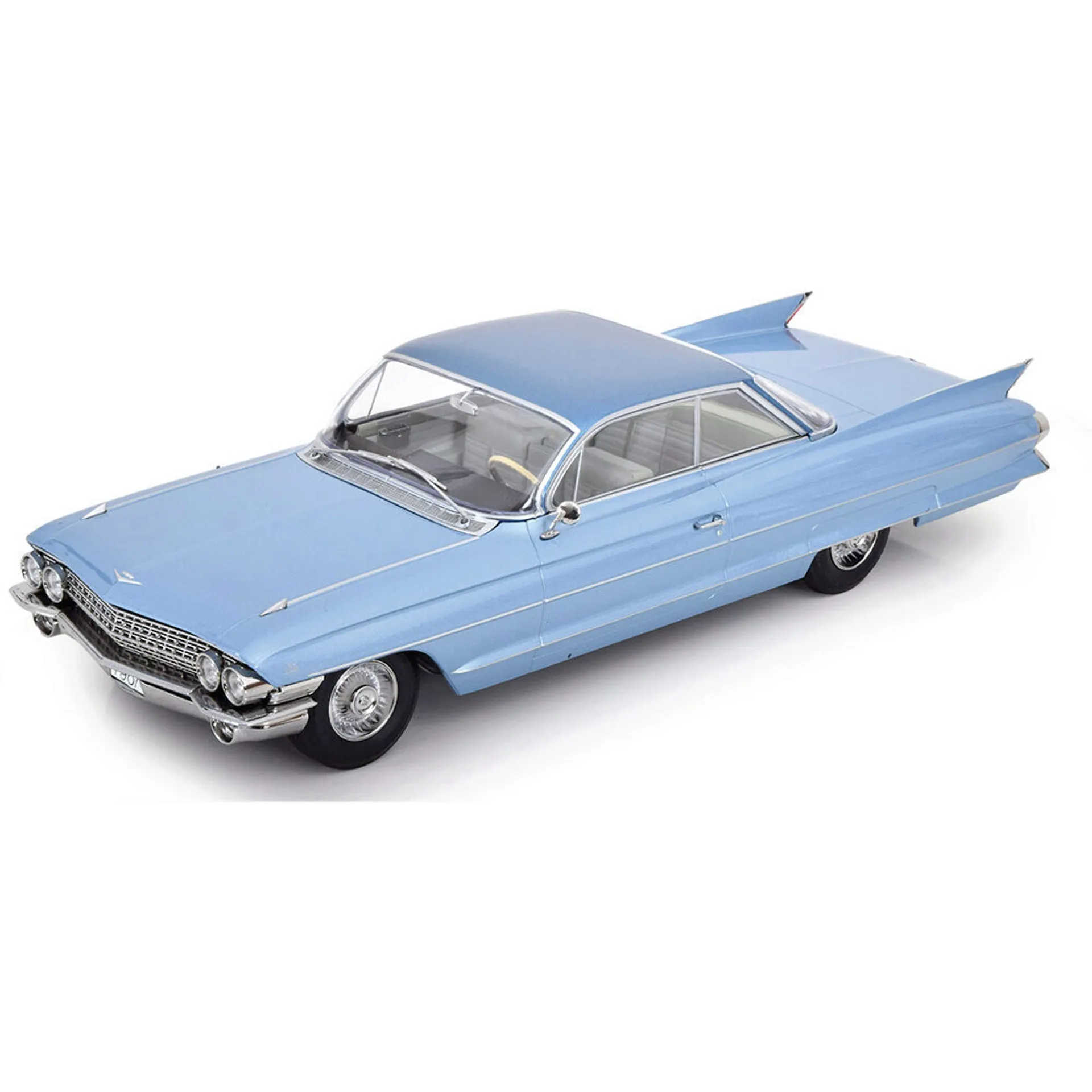
Diecast model cars are categorized into various collectible areas based on vehicle type, era, and design features. Classic cars are a popular category, with models of vintage roadsters, muscle cars, and other iconic vehicles from the past. Modern supercars, including models of high-performance sports cars and luxury vehicles, are highly sought after. Vintage race cars are another category, capturing the history and excitement of motorsport. Limited-edition models, produced in small quantities, are often highly prized by collectors. These models offer rarity and increased potential for appreciation in value. Special edition models, such as those based on movie vehicles or special liveries, also attract attention. The choice of category often depends on individual collecting interests, historical significance, and investment potential.
Classic Cars
Classic cars represent a significant category in the diecast model car collecting world, showcasing vehicles from the early 20th century through the 1970s. These models capture the elegance, design, and history of iconic cars. Collectors of classic cars appreciate the attention to detail in replicating vintage features, such as chrome accents, vintage interiors, and unique body styles. These cars are often associated with nostalgia and a connection to a bygone era. The value of classic car models often depends on factors such as rarity, condition, and historical significance. Popular classic car models include vintage Ford Mustangs, Chevrolet Corvettes, and Jaguar E-Types. These models are not only collectibles but also tangible representations of automotive history.
Modern Supercars
Modern supercars are a thrilling category within diecast model car collecting, featuring highly detailed replicas of high-performance vehicles. These models capture the sleek designs, cutting-edge technology, and impressive performance of modern sports cars. Collectors of modern supercars often focus on models from brands like Ferrari, Lamborghini, and Porsche. These models boast intricate details, including realistic interiors, engine compartments, and aerodynamic features. The value of modern supercar models is often influenced by factors such as the model’s rarity, detail level, and brand recognition. The collection of modern supercars provides a showcase of the latest automotive innovations and a visual experience of driving the world’s fastest and most luxurious cars.
Vintage Race Cars
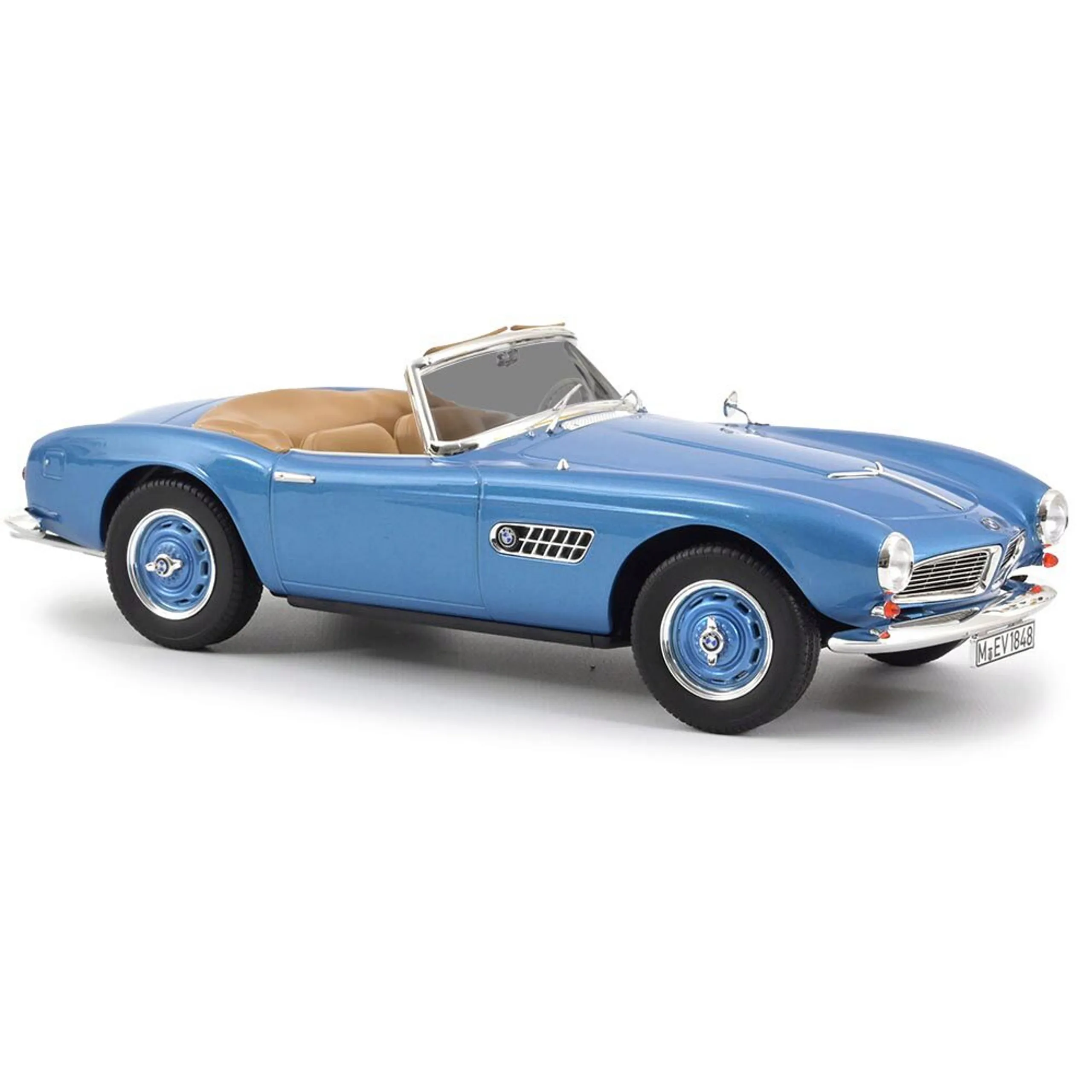
Vintage race cars are a captivating category that celebrates the history and excitement of motorsport. These models capture the essence of iconic race cars from past eras, featuring detailed replicas of vehicles that have competed in Formula 1, Le Mans, and other legendary races. Collectors of vintage race cars often appreciate the meticulous attention to detail in replicating the unique liveries, aerodynamic features, and historical significance of each vehicle. These models offer a glimpse into the golden age of racing, with models representing legendary drivers and teams. Factors such as rarity, condition, and historical significance greatly impact the value of these vintage race cars. Collecting vintage race cars is not only a hobby but also a celebration of the rich heritage of motorsports and the evolution of racing technology.
Tips for Diecast Model Car Collectors
Collecting diecast model cars is an exciting hobby that requires careful planning and knowledge. Here are some helpful tips to guide you in your journey. First, define your collecting focus by deciding which types of models you are most interested in collecting. This will help you streamline your search and build a cohesive collection. Research the market and understand the value of different models, brands, and scales. Stay informed about new releases and trends in the industry. Set a budget and stick to it. Collecting can quickly become expensive, so it’s crucial to manage your spending wisely. Buy from reputable sources, such as established online retailers, hobby shops, and reputable sellers. Consider the condition of the models and always ask questions if you’re unsure about details. Join online forums, collector’s clubs, and attend shows to connect with other enthusiasts and expand your knowledge.
How to Start a Collection
Starting a diecast model car collection involves several key steps. First, identify your collecting focus, deciding which types, scales, and brands of models you want to collect. This helps provide focus and allows you to build a cohesive collection. Set a budget for your collecting activities. Consider the storage and display of your models from the beginning. Once you have a vision, start researching the market and learning about different models and their value. Begin by purchasing a few models that interest you to gain hands-on experience. Attend local car shows, visit hobby shops, and explore online marketplaces to discover models and meet other collectors. Most importantly, embrace the enjoyment of collecting, and build your collection based on passion and interest.
Where to Find Diecast Model Cars
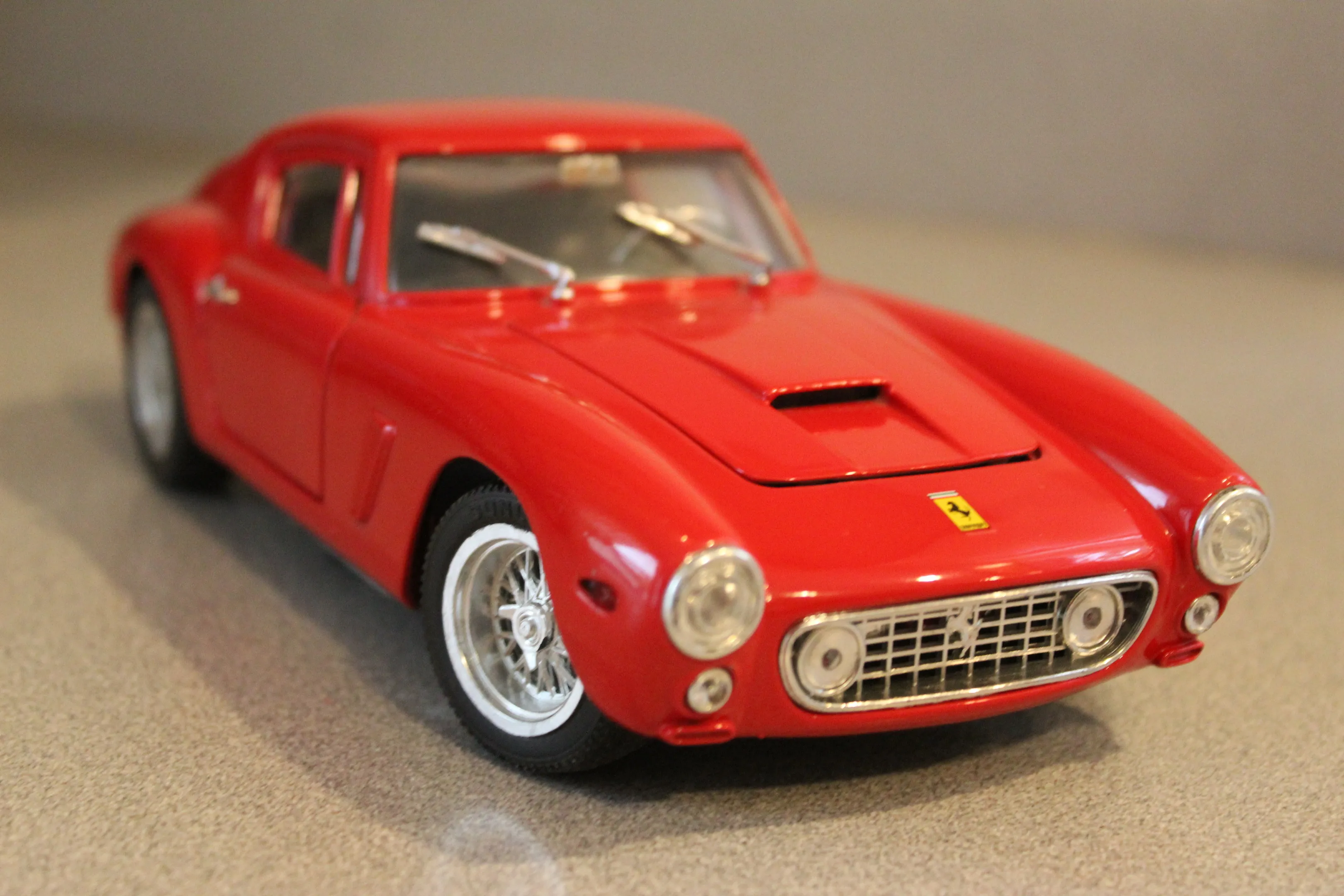
Finding diecast model cars requires knowing where to look. Hobby shops are a great place to start, offering a curated selection of models and a chance to connect with experienced collectors. Online marketplaces and auction sites, like eBay and specialist sites, offer a vast range of models. These sites provide access to rare and vintage models. Local car shows and swap meets are a goldmine for discovering unique models and meeting other enthusiasts. Toy stores and department stores often carry a selection of models, especially those from popular brands like Hot Wheels and Matchbox. Remember to check directly with the manufacturers. Retailers, such as Amazon and other online retailers, also have many options available. By exploring these diverse sources, you’ll be sure to expand your collection.
Auction Sites and Online Marketplaces
Auction sites and online marketplaces provide access to a broad selection of diecast model cars, including both new and vintage models. These platforms offer a convenient and global market. eBay is one of the most popular sites for buying and selling diecast cars. Specialist sites that focus on diecast models can offer models that might not be available elsewhere. When using these platforms, be sure to research the seller’s reputation, check the model’s condition, and understand the shipping and payment terms. Auctions on online sites provide the opportunity to acquire models at competitive prices. Online marketplaces let you explore diverse collections. Use these resources to find those rare and coveted additions to your collection.
Essential Tools and Supplies
To properly care for and display your diecast model cars, having the right tools and supplies is essential. A soft cloth or microfiber cloth is necessary for cleaning and dusting your models. A magnifying glass helps you inspect intricate details and identify any imperfections. Small tools, such as tweezers, are helpful for handling small parts and decals. Protective display cases or cabinets will keep your models safe from dust, UV light, and accidental damage. Acid-free gloves can be useful to handle the models without leaving fingerprints. Cleaning solutions, designed specifically for models, can safely remove dirt and grime. These tools and supplies will help you maintain the appearance and value of your collection, providing an enhanced experience for collectors.
Caring for Your Collection
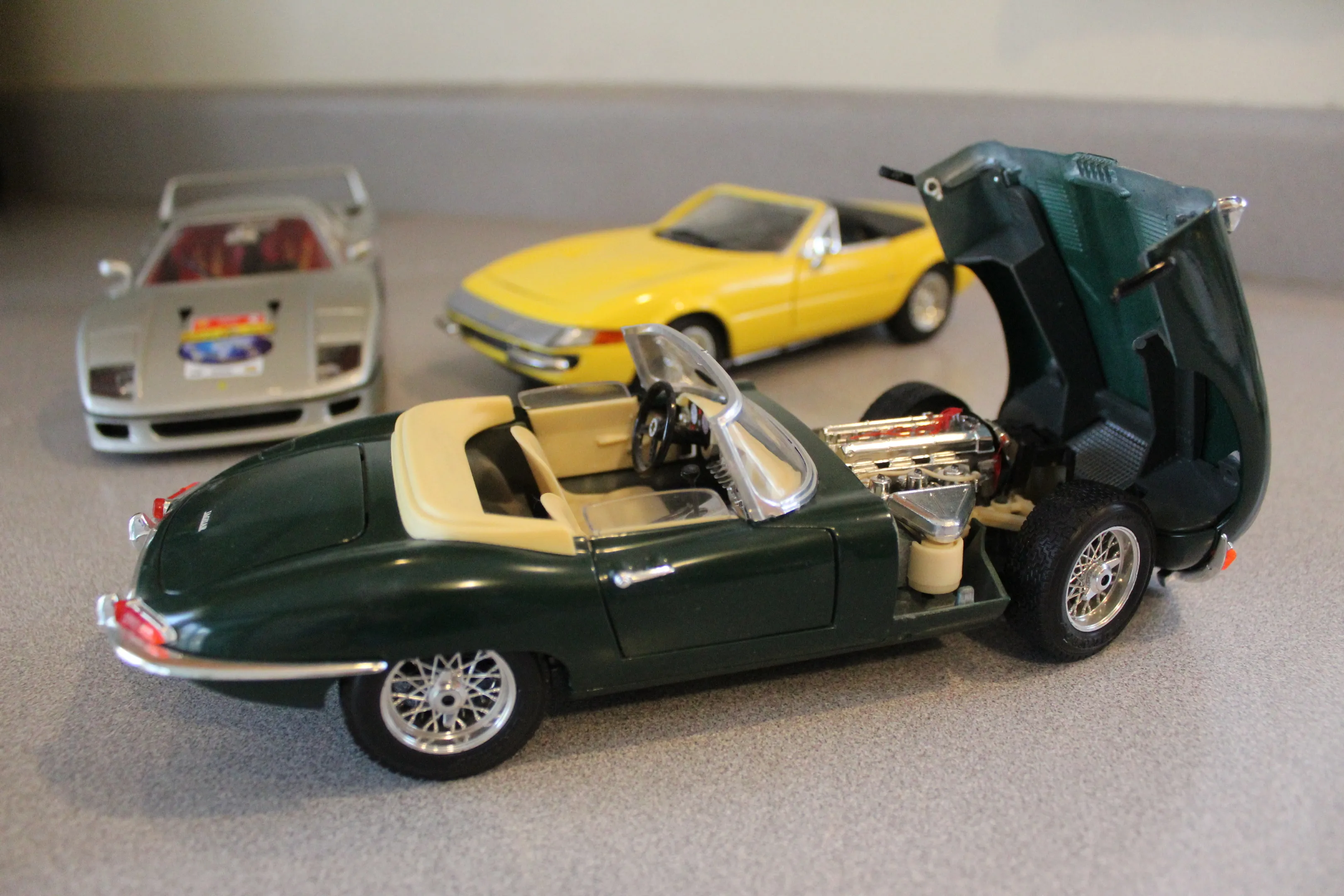
Proper care is crucial for maintaining the condition and value of your diecast model car collection. Store your models in a cool, dry place away from direct sunlight, which can fade the paint and damage the plastic components. Use display cases or cabinets to protect your models from dust and physical damage. Dust your models regularly with a soft cloth or a microfiber cloth to keep them clean. Avoid exposing them to extreme temperatures and humidity, which can affect their structural integrity. Handle your models with care, and consider wearing gloves to avoid leaving fingerprints. Following these practices will ensure your collection stays in top condition and retains its value.
Display and Storage
Proper display and storage are crucial for showcasing and preserving your diecast model car collection. Display cases, such as glass cabinets or display shelves, are ideal for protecting your models from dust and damage, while also showcasing them to their best advantage. Consider using individual display stands to enhance the presentation of each model. Store your models in a cool, dry environment away from direct sunlight to prevent fading and deterioration. Avoid storing them in attics or basements where temperature and humidity fluctuations could cause damage. When storing models for an extended period, wrap them individually in acid-free tissue paper or protective sleeves to protect them from scratches. Proper display and storage enhance the aesthetic appeal of your collection while preserving its value.
Cleaning and Maintenance
Cleaning and maintenance are essential aspects of caring for your diecast model car collection, ensuring that they remain in excellent condition. Dust your models regularly with a soft, dry cloth or microfiber cloth to remove dirt and prevent scratches. For more thorough cleaning, use a mild soap solution or specialized model cleaning products. Apply the cleaning solution to a soft cloth, and gently wipe the models, avoiding the use of excessive water. Be particularly cautious when cleaning models with delicate details. Avoid using abrasive cleaners or harsh chemicals that could damage the paint or decals. After cleaning, allow the models to dry thoroughly before returning them to their display cases. Regularly inspect your models for any signs of wear or damage, and address any issues promptly.
Building a Community
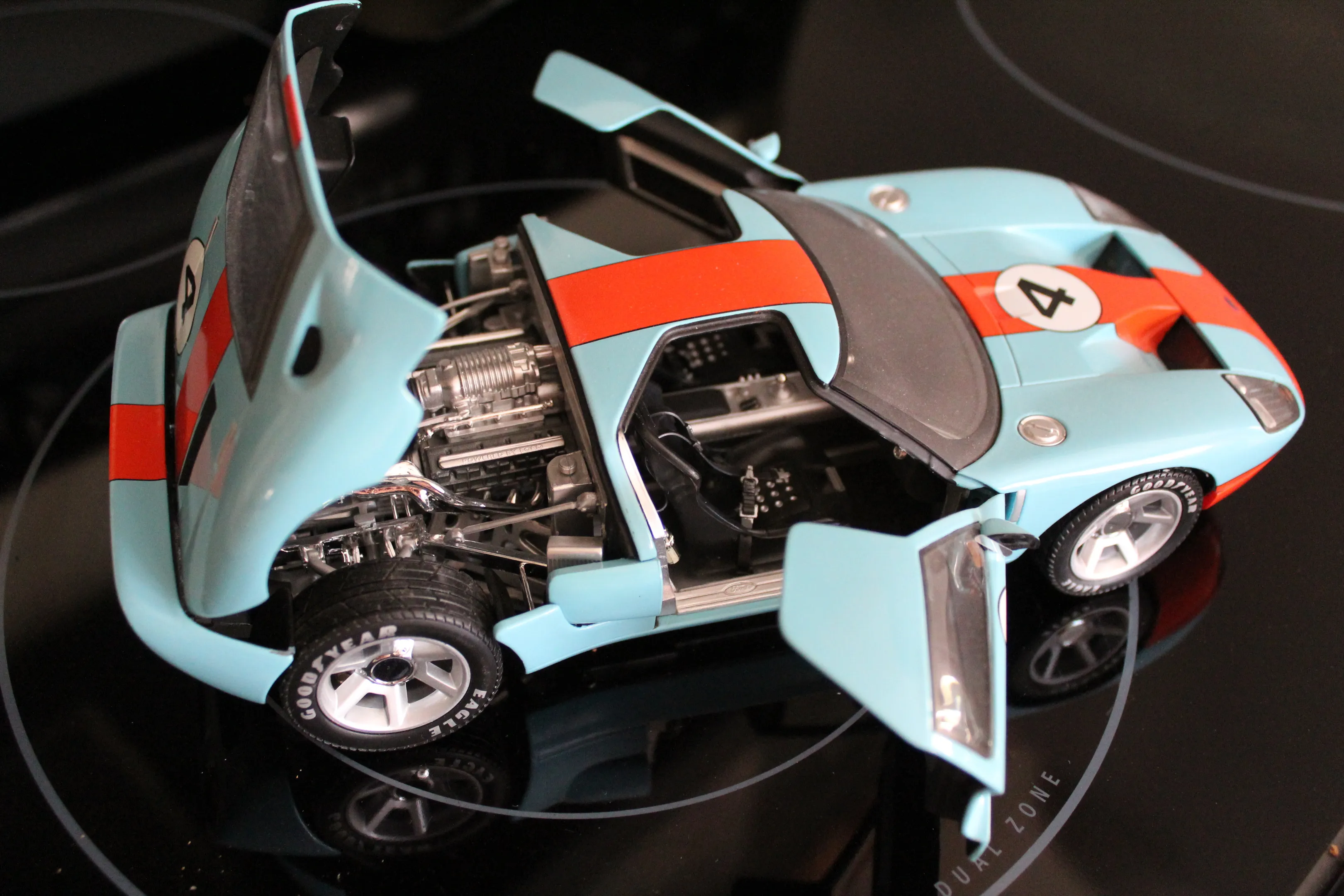
Connecting with other collectors and enthusiasts is a fulfilling part of the diecast model car hobby. The collecting community offers a wealth of knowledge, support, and camaraderie. Joining collector’s clubs, either online or in person, is a great way to meet fellow collectors, share knowledge, and participate in events. Online forums and social media groups are excellent platforms for discussing models, asking questions, and exchanging information. Attending car shows and conventions provides opportunities to view collections, buy models, and meet other collectors. The community is a valuable resource, allowing you to learn about new models, discover valuable insights, and connect with individuals. Building a sense of community enhances the joy and satisfaction of the hobby.
Joining Collector’s Clubs
Joining collector’s clubs is an excellent way to connect with other diecast model car enthusiasts and enhance your collecting experience. These clubs provide opportunities to share knowledge, exchange models, and participate in club activities. Local clubs often host meetings, displays, and events. Online clubs offer forums, social media groups, and access to valuable information. Membership often includes newsletters, access to exclusive content, and opportunities to acquire rare or limited-edition models. Clubs provide a structured environment for sharing information, asking questions, and celebrating the passion of diecast model car collecting. Joining a collector’s club can enrich your collecting journey and deepen your appreciation for the hobby.
Attending Shows and Events
Attending shows and events is an exciting way to experience the diecast model car hobby. These gatherings offer opportunities to view extensive collections, meet fellow collectors, and acquire new models. Car shows often feature displays of vintage and rare models. Trade shows and conventions offer a chance to learn about the latest models, connect with manufacturers, and purchase new items. Swap meets provide an excellent venue to find rare models, exchange models, and negotiate prices. Participating in contests and auctions can add an element of competition and excitement. Attending events provides a tangible connection with the hobby, allowing you to expand your knowledge, connect with other collectors, and deepen your passion.
Investing in Diecast Model Cars
Diecast model cars can be seen as an investment, with their value appreciating over time. Certain models, particularly those that are rare, limited-edition, or historically significant, can significantly increase in value. Investing in diecast cars requires research, knowledge of the market, and patience. Identifying models with the potential for appreciation often involves understanding their rarity, condition, historical significance, and demand. Some collectors focus on models of iconic cars or those from specific brands or eras. The value of diecast cars is influenced by several factors, including their condition, production numbers, historical significance, and market demand. While the investment potential of diecast cars is present, it’s important to approach it as a hobby, focusing on the passion for collecting rather than exclusively on financial returns.
Factors Affecting Value
Several factors influence the value of diecast model cars. Condition is a crucial factor, with models in mint condition, including original packaging, commanding higher prices. Rarity is another key factor. Limited-edition models or those produced in small quantities often have greater value. Historical significance, such as models representing iconic cars or memorable moments in automotive history, can also increase value. The brand and manufacturer also have an influence, with models from established brands often being more desirable. The scale of the model can play a role, with larger-scale models often being valued higher because of their details. Market demand is a driving force. Interest in particular models, brands, or eras, will impact prices. Understanding these factors helps collectors make informed decisions about their investment.
Tips for Buying and Selling
Buying and selling diecast model cars requires a strategic approach to ensure favorable outcomes. When buying, research the market and establish a budget. Inspect the model’s condition, paying close attention to any imperfections or damage. Compare prices from different sources. When selling, determine the model’s value based on its condition, rarity, and market demand. Provide accurate and detailed descriptions, including photographs. Utilize online marketplaces or auction sites. Consider the shipping and handling costs to avoid losing money. Building relationships with other collectors, both buyers, and sellers. Be honest and transparent in your dealings, to maintain a good reputation within the community. Understanding these practices, you can navigate the buying and selling process effectively.
Future Trends in Diecast Model Cars
The future of diecast model cars appears dynamic, with a focus on innovation, technology, and the evolving needs of collectors. Increased detail and realism, including realistic engine components and functional features, are becoming more prevalent. The use of advanced materials and manufacturing techniques, such as 3D printing, will contribute to greater precision and intricacy. The rise of electric and autonomous vehicles will lead to a growing interest in models of these new technologies. Digital experiences, such as virtual car shows and augmented reality, will offer new ways to connect with the hobby. Continued growth in online communities and markets will facilitate global access to models and collectors. Diecast model cars will continue to evolve to appeal to collectors for generations.
In conclusion, diecast model cars are more than just collectibles; they are a testament to automotive history, design, and the enduring passion of collectors. This guide offers a comprehensive overview of the world of diecast model cars, from their origins to the current trends shaping the hobby. Whether you’re a seasoned collector or a newcomer, the world of diecast model cars offers a rich and rewarding experience, with the potential for investment and a lifelong passion. Embrace the joy of collecting and the vibrant community, and enjoy the journey!
